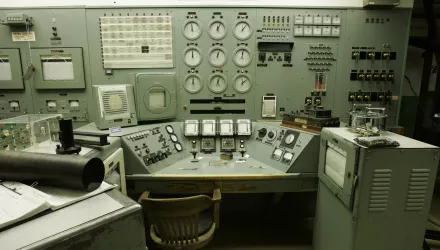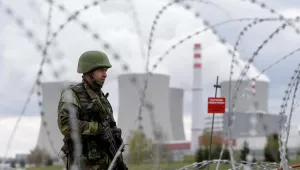Abstract
Recent national trends in investments in global energy research, development, and demonstration (RD&D) are inconsistent around the world. Public RD&D investments in energy are the metric most commonly used in international comparative assessments of energy-technology innovation, and the metric employed in this article. Overall, the data indicate that International Energy Agency (IEA) member country government investments have been volatile: they peaked in the late 1970s, declined during the subsequent two decades, bottomed out in 1997, and then began to gradually grow again during the 2000s. The allocation of funding for different energy-technology areas also varies hugely across different countries, but investments in fossil fuel and nuclear technologies continue to dominate spending. We have very poor data for private investments, but it is very likely that they have decreased as a result of the recent recession. Despite their increasing significance in the world's energy sector, little is known about public or private energy innovation investments in the rapidly developing countries. None of the six 'BRIMCS' countries reviewed here are members of the IEA, which is one of the few agencies that collects international statistical data on energy RD&D budgets. Like energy RD&D patterns in the United States and other IEA countries, BRIMCS country energy RD&D appears to take place predominantly in fossil fuel and nuclear technologies.
Read the full article online (log in may be required): http://onlinelibrary.wiley.com.ezp-prod1.hul.harvard.edu/doi/10.1002/wcc.112/abstract
Gallagher, Kelly, Laura Diaz Anadon, Ruud Kempener and Charlie Wilson. “Trends in Investments in Global Energy Research, Development, and Demonstration.” Wiley Interdisciplinary Reviews: Climate Change, May/June 2011
The full text of this publication is available via Wiley Interdisciplinary Reviews: Climate Change.








